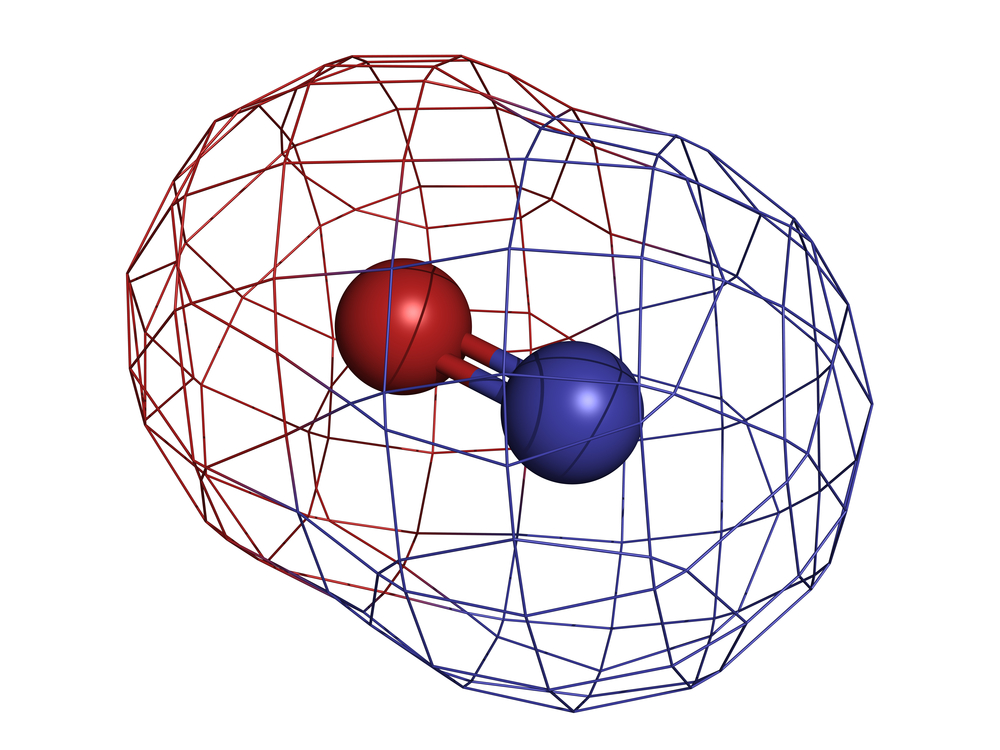A recent study entitled “Asymmetric dimethylarginine (ADMA), nitric oxide metabolite, and estradiol levels in serum and peritoneal fluid in women with endometriosis” and published in the Iranian Journal of Nursing and Midwifery Research, provides new insight into the functional changes that occur in endometriosis, namely the production of nitric oxide in the peritoneal fluid and the formation of new blood vessels.
Endometriosis affects as much as 10% of reproductive-age women and is related to the growth of tissue similar to that of the inner lining of the uterus (called endometrium) outside the uterus, namely on the ovaries – causing the formation of an ovarian cyst called endometrioma – fallopian tubes, ligaments and outer surface of the uterus, rectum, bladder or vagina. Rarely, these cells can also spread to other parts of the body including lungs and nose or even the brain. The inflammation associated with the cyclic detachment of cells from the wrong site during menstruation is responsible for its symptoms, usually infertility, pelvic pain, painful menstruation and painful sexual intercourse.
Peritoneal fluid is a liquid located inside the abdomen whise function is to lubricate the surface of most of the organs contained within it. Several studies have proposed peritoneal fluid changes may hold an important role in endometriosis development, including higher concentrations of immune substances and cells.
In this study, researchers measured the levels of nitric oxide, asymmetric dimethylarginine (and inhibitor of the production of nitric oxide) and estradiol in patients undergoing surgery (laparoscopy or “keyhole” surgery): 90 with endometriosis and 89 without.
The results showed that, when compared to individuals without endometriosis, those suffering from the disease had higher levels of nitric oxide in their peritoneal fluid. Also, estradiol was also found in higher concentrations in the peritoneal fluid of all patients.
Nitric oxide has been implicated in immune processes, including attracting macrophages (one type of white blood cell) and also in the development of new blood vessels through the production of a hormone called vascular endothelial growth factor (VEGF). These processes and the development and perpetuation of endometriosis are also closely linked to estrogen’s influence in cells.
Prof. Mehdi Nematbakhsh, from the Isfahan University of Medical Sciences, Iran, and his team concluded that endometriosis can result from a crosstalk between inflammation and cell proliferation with intricate influences of various factors including nitric oxide and estrogen.

